What's Good: Durable design makes it perfect for construction workers and people that are hard on phones; fantastic reception; nice external display.
What's Bad: The Barrage is slightly bulky.
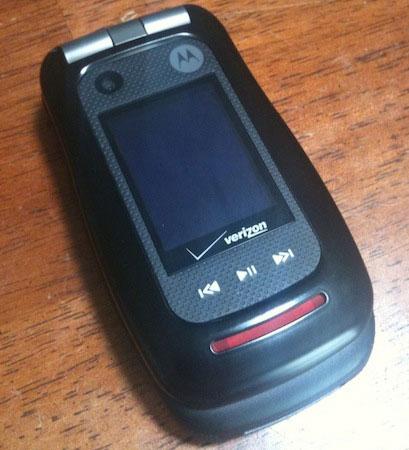
The push-to-talk market seems to be an "on again, off again" thing (or so it seems) for most of the nationwide carriers. One day, you see a huge push, with television advertisements of how the service is drastically better than Nextel's Direct Connect option. Then the next day, they're gone, replaced by advertisements for a robot phone that eats your cattle, scares small children, and blows craters in your yard (insert creepy DROID noise here). Though the Motorola Barrage is clearly intended for a crowd that's harder on their wireless devices than most, the device is most certainly worth a second look.

The Motorola Barrage offers an industrial design, with a rubberized coating and a strong metal hinge. The left side of the device contains a volume rocker, push-to-talk button, and the microUSB charging port, while the 3.5mm headphone jack, voice dialing shortcut key, and the speakerphone button can be found on the right side of the device. The front of the device sports the back, play/pause, and forward music keys, along with the camera.
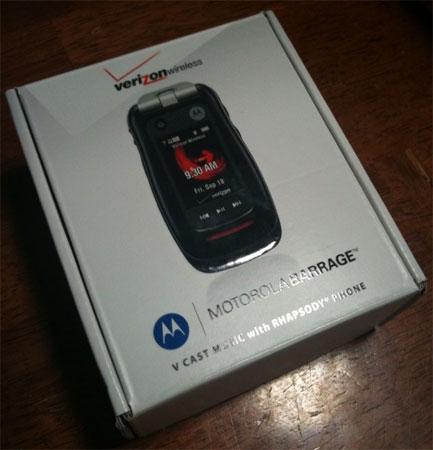
The Motorola Barrage ships in a small, environmentally conscious box. Inside, you'll find the device, battery, an AC adapter, USB cable (which doubles as part of the charger), and an instruction manual. Coming in at 3.78 inches long by 2.09 inches wide by 0.96 inch thick, the device weighs 4.2 ounces, making it a bit heavier than the average device, but nothing major. The Barrage offers a 2.2-inch display with 262,000 colors and 176x220 pixels. Perhaps the most impressive thing about the Barrage's overall design is the spacious external display. What's more, the rubberized keypad feels great on the Barrage, and is incredibly easy to use when it comes to typing. Not only are the keys spacious, but they're slightly raised, making it easier to call or text message while on the go.
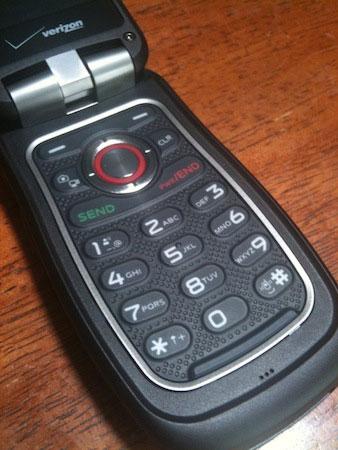
The Motorola Barrage supports a decent level of customization. Three display themes can be selected, and 14 internal wallpaper options are pre-loaded. The font size (for dialing and menus) can be adjusted, along with the clock format on the home screen. Though Verizon's stock interface is largely present on the Barrage, it supports VZ Navigator ($9.99 monthly), instant messaging, e-mail ($4.99 monthly) to download. It's not targeted as a data-intensive phone, but it's nice to see a relatively strong feature set on an entry-level device. Additional features include a notepad, calculator, stopwatch, to-do list, calendar, stereo Bluetooth, GPS, VZ Navigator, and voice commands.
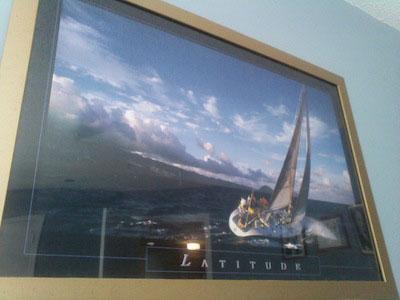
The Barrage offers a 2.0-megapixel camera, and in our testing, image quality was decent, given the proper amount of light. When it came to low-light situations, pictures became more of a challenge to discern, thanks to the lack of a flash. Camera features include five resolutions, a self-timer, brightness control, five white-balance settings, three color effects, a digital zoom, nine fun frames, and three shutter sounds, along with the option to make it silent. All in all, a pretty reasonable feature set for a mid-range device. You can save media to the 132 MB of available memory on the device, or utilize a microSD card (with support for up to 16 GB). The camcorder shoots video in two resolutions, and can record as long as you have available storage space (though MMS clips are capped at one minute).

I tested the Barrage in the Charlotte area, and call quality was very good. Callers had no problem hearing me, and call quality was clear on my end as well. When I went to a known Verizon dead spot, calls sounded equally clear, even when the phone showed no physical bars of service. We successfully paired the Plantronics Voyager Pro Bluetooth headset to the device, and Bluetooth functions performed admirably. In addition, the Barrage had a fantastic speakerphone; I tested the device in a busy restaurant, and could hear my callers well. Though there was a bit of reported background noise, everyone said that they could understand our conversation.

Estimated talk time is 6.4 hours of talk time, and just over 22 days of standby time. In our testing, battery life was quite good. With moderate use encompassing text messaging, calling, e-mail, and the occasional web surfing, we were able to make it right at two full days before the phone powered off. With little to no use, the device lasted just over four days. As with any device, battery numbers will vary with the level of usage that they're subjected to between charging cycles, but the Barrage should please the battery-conscious users out there.
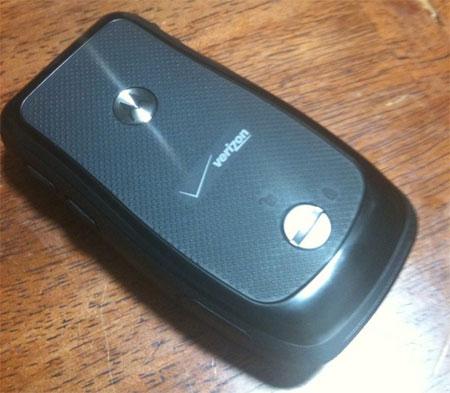
As a 3G device, the Barrage offers many of Verizon's services, including V CAST Video and V CAST Music with Rhapsody. The Barrage is an EVDO Rev. A device, meaning that browsing speeds were quite fast. The mobile CNN webpage loaded in about 14 seconds, and an abbreviated version of the PhoneDog homepage loaded in 29 seconds. Other data-intensive tasks such as VZ Navigator and V CAST Music with Rhapsody performed admirably.
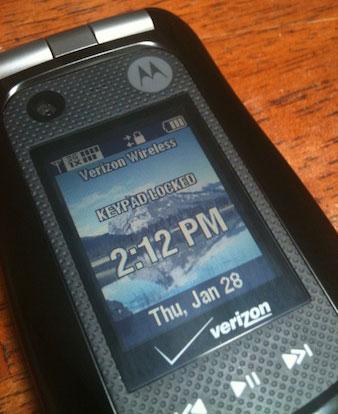
There's a specific market for this device - construction workers, those that need push-to-talk capabilities, and those that are hard on their phones. That being said, the device still offers features that could make it attractive to people not in that market. The Barrage serves as a decent music player, offers two colorful displays, sports a camera with video recording capabilities, and offers fantastic reception. Sure, it's bulky, but if you're considering a mid-level device on Verizon, I would give it a chance.